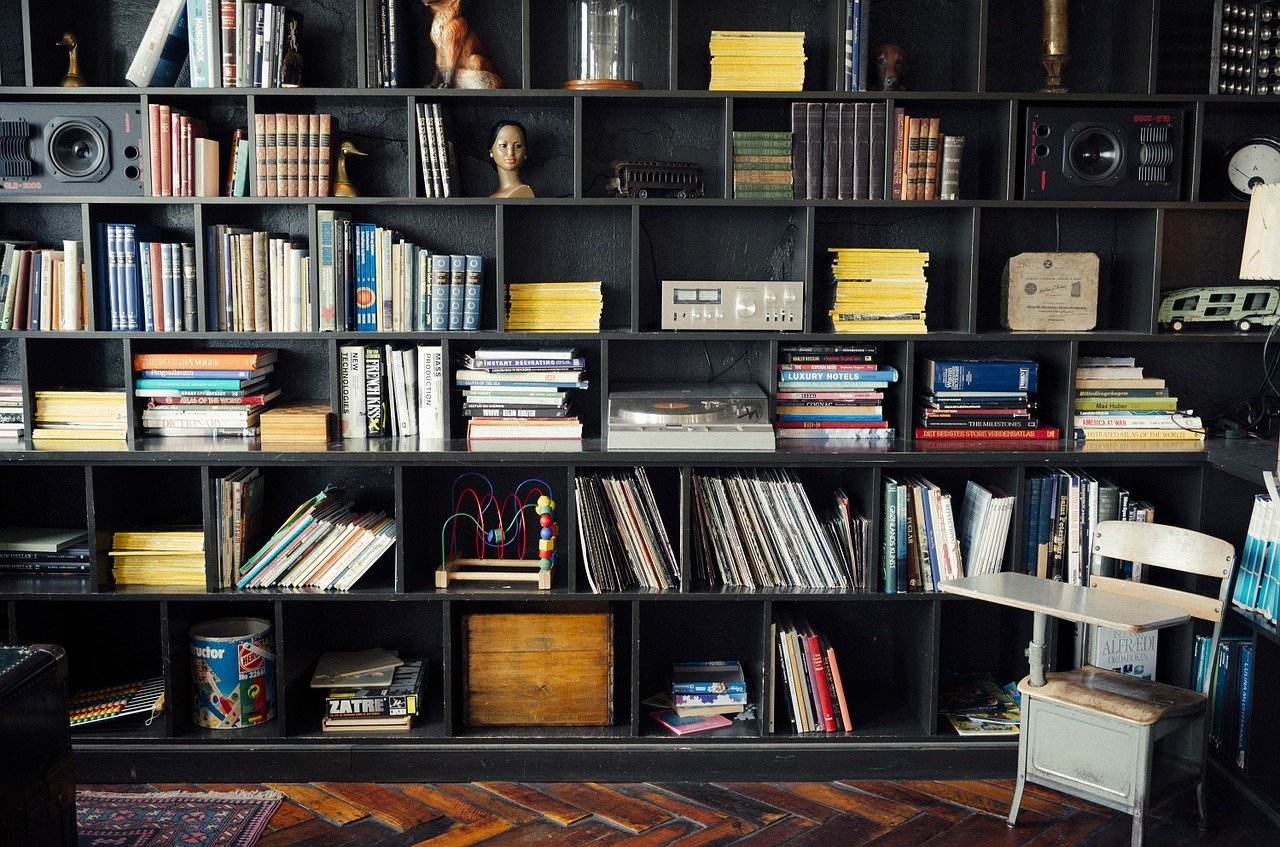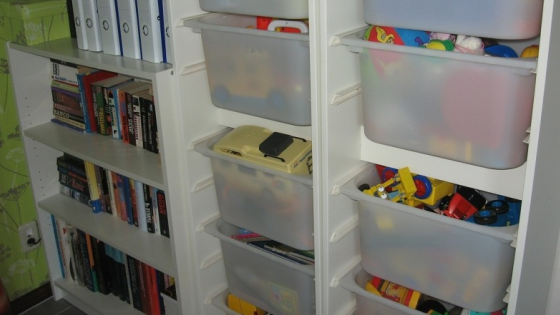An organised home is essential for many things, such as ensuring family members can leave on time, have everything they need, and minimising everyone’s anxiety levels. A messy home can cause more stress, make people late getting out the door, and lead to a lot of frustration between family members.
Even small families find home organisation to be a challenge, but it’s especially difficult for large families. The more people there are in a home, the messier it can get. It’s also harder to determine who caused which mess. However, it is possible to achieve an organised home, even if your family is large.

How to Help Your Family Get and Stay Organised
- Instruct everyone to be responsible for their own mess. From an early age, teach your children to be accountable for the messes they make. It does no one any good if Mum picks up after everyone, least of all, Mum. If you instruct your child that he or she must pick up the toys before starting a new activity or eating a meal, you can teach them responsibility and discipline.
- Provide each family member with personal storage. Give each person designated storage bins for their belongings, including the parents, so they’re equipped to keep their things organised. Colour-code them to make it easy to put things away properly, and assign a different colour to each family member.
- Create a family command centre. An organised home is centred on routine, so it helps to have a central place for your family to find office and school supplies, check the family calendar, leave notes or messages, and review the routine for the day or week. You might also consider a secondary centre in the kitchen that outlines the weekly meal plan or menu if you have one. If you aren’t currently planning weekly meals, it’s a good idea to start because it will help to streamline grocery shopping and reduce the brainpower you have to spend to determine what to make for dinner after a busy day.
- Establish a daily tidying session each evening. Once everyone understands that they are responsible for their own mess, you should add a regular tidying session to the routine every day. Your whole family can then start the next day fresh, with a clean and tidy home. Daily tidying also helps to prevent the build-up of clutter and keeps your home organised more long-term. You might also consider involving your children in household tasks such as cleaning the bathrooms, washing the dishes after a meal, and even cooking.
- Designate a long-term storage area. There are almost certainly some items in your home that you don’t use regularly. Place these items in a designated area such as a closet or up in the loft, so that you can access them when needed, but they are kept out of the way when not in use. Storage centres are excellent for short- or long-term storage, especially if you don’t have a lot of storage space in your home.
- Set a policy of getting rid of an old item with each new item brought into the house. With birthdays and holidays, your children are bound to accumulate new toys and belongings. Instead of simply adding them to their collection, you might have a policy of “one in, one out”. Every time your children receive a new toy or apparel item, they must choose an old one to donate or throw away.
- Use organisational solutions. Keep shoes stored in racks or baskets, hang coats on hooks, and store paperwork in filing cabinets. Use drawer organisers to keep small items from moving around and jamming up your drawers, and place storage bins in closets to keep clothing and toys in order.

